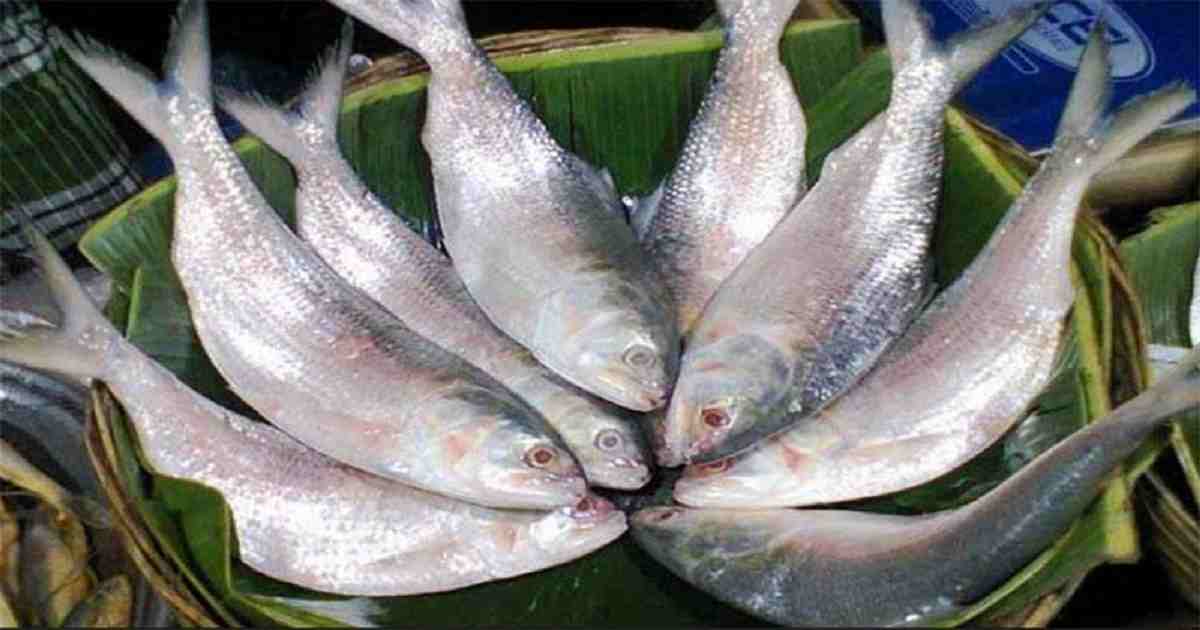On the mud-slicked banks of the Sandwip Channel – one of the gateways to riverine Bangladesh – fisherman Shibu Das, 64, stood over a half-empty crate with only a few hilsa inside.
“In a good August, we’d be sorting fish till midnight,” he said, pulling in a net tangled more with river weeds than the silvery prize he depends on. “This year, the hilsa are skipping the area.”
His words echo a growing concern among riverine fishing communities. Hilsa, once abundant in these channels during peak season, are increasingly bypassing traditional spawning and feeding grounds – threatening the livelihoods of around six lakh fishermen who rely on the fish for survival.
While fishing communities point to changing river flows, reduced rainfall, and silted channels as possible causes, for fishermen like Shibu, the evidence is immediate and personal – longer nights, emptier nets, and uncertain incomes.
Near the mouth of the Karnaphuli River in the Kattoli area of Chattogram city, a few kilometres downstream of Sandwip Island, Kiron Majhi, 42, voiced the same complaint.
“We changed gear, shifted spots, waited on the moon and tides. Still fewer catches than before,” he said. “Boats that risk going farther offshore are catching, but inside the channel it’s almost dry.”
Mollah Emdad Ullah, project director of the Hilsa Resources Development and Management Project, admitted that riverine catches remain “unusually weak” this season despite healthy landings offshore.
“From the reports we collect from returning crews, fishermen are finding plenty of hilsa in waters 60-70 metres deep in the Bay of Bengal,” he said.
During the monsoon season, hilsa are usually found in waters 20-60 metres deep in the Bay of Bengal, before moving into the country’s riverine areas to spawn, he added.
As for why hilsa are not coming into the rivers, Manjurul Kibria, professor in the Department of Zoology at Chittagong University and coordinator of the Halda Research Laboratory, said that while pollution is apparently one of the reasons, more research is needed to fully understand the behaviour of hilsa.
Hilsa moving deeper into the sea
Of the six lakh fishermen who rely on hilsa for survival, only a few have the means to venture into the deep sea. Their catches, unloaded at Chattogram’s sprawling Fishery Ghat on the banks of the Karnaphuli – the region’s largest market – vividly illustrate the point made by Mollah Emdad.
Every morning, the harbour wakes to the return of at least a hundred large mechanised boats, their decks stacked with fresh catch hauled from offshore waters. Here, the supply of hilsa appears steady.
At the pier, 55-year-old fisherman Sohrab Mia recalled how the fishing grounds have shifted over the years.
“Earlier, we could fill our boats just by moving a few kilometres south of Kutubdia. This year, we had to go farther south, as near as Saint Martin’s, to cast our nets,” he said.
His experience reflects how hilsa are moving deeper into the sea, forcing fishermen to travel longer distances. That journey, however, is not just about fuel costs or time – it is also dictated by the weather.
“Going to the deep sea depends entirely on the weather conditions,” Sohrab explained, noting that this year the sea remained unusually rough and weather warning signals were more frequent than usual.
Small numbers of registered boats
Although an exact count of fishing boats engaged in the country’s hilsa industry is elusive, estimates suggest the number at nearly 70,000. Of these, only 29,000 non-industrial boats are officially registered. Registered boats are permitted to fish up to a depth of 40 metres in the Bay of Bengal.
According to the Department of Fisheries, Bangladesh – the world’s largest producer of hilsa – has harvested around 5.5 lakh tonnes annually in recent years.
Hilsa alone accounts for about 12% of all fish consumed in the country and contributes roughly 1% to the national GDP.


